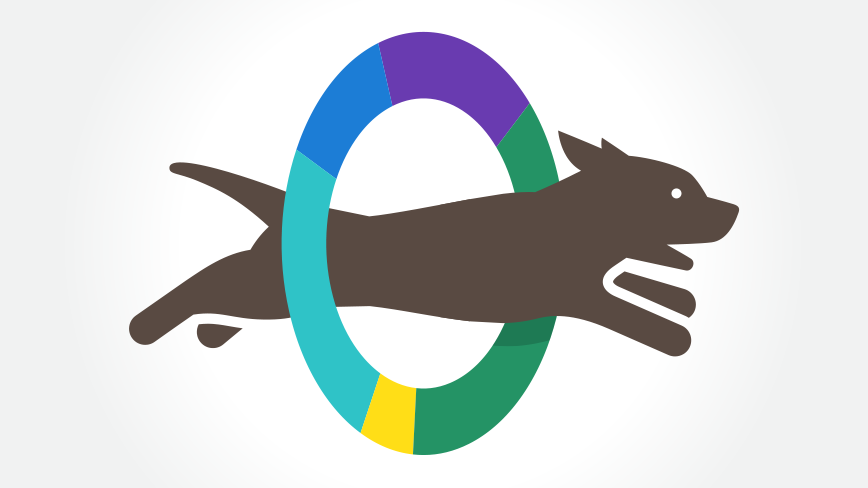Download our entire report here.
Brands trying to tap into the steadily growing, $61 billion a year pet product market can use these four critical audience insights to target key demographics.
We love our pets in the U.S., and spending habits show it. American pet owners spent an estimated $61 billion on their pets in 2015. Year-over-year industry growth has remained fixed since 2001 at roughly 4% to 5%, even during years when the recession hit hardest.
As more and more Americans adopt pets and increase their spending on them, the market for pet-related products and services grows along with it. For brands trying to tap into this lucrative space, here are four critical audience insights — mostly courtesy of our recent U.S. pet owner study — that can help pet brands more effectively segment and target key actionable demographics:
1. eCommerce and Digital Marketing to Pet Owners Still a Frontier
People who own pets are evidently more likely to engage with technology, according to January’s Pet Industry Leadership Conference. 74 percent of pet-owning adults used their smartphone within the previous seven days before they were surveyed compared to 64 percent of non-pet-owners. 48 percent of pet owners compared to 36 percent of non-pet-owners used a smartphone app within the same period. These tech-savvy individuals will use the internet to research products, compare prices, look for coupons or sales, compare products and refer to social media for reviews.
Yet, only 8.2 percent of the entire market regularly shops for pet products online. Households in urban areas are more likely to have pet food delivered, but they still only represent a small portion of the overall population.
Brands that wish to motivate online purchases or incentivize in-brand purchases can look to loyalty programs, which influenced 16 percent of surveyed pet owners within the last 30 days before they were polled.
2. Pet Love Is Pretty Universal Across Age, Income
Select brands may have a more targeted approach to certain incomes, such as value or luxury-based pet foods, but research shows that pet ownership as a whole knows no specific age or salary.
Age (%)
Looking at this graph of age, pet product marketing messages can be universal. Segmenting efforts should be spread broadly across age demographics, with perhaps slightly more emphasis placed on millennial audiences.
Household Income (%)
As for income, the message here is twofold: income-based segmentation is viable, but there is no one ownership income demographic that clearly dominates the market.
3. Cats Rule and Dogs Evidently Do, Too
In an unsurprising development, dogs and cats are the most popular pets to own, with many owners having multiple animals. The ratio of cats per owner is roughly 2:1, and there is an average of 1.43 dogs per dog owner. Marketing messages can emphasize the individual needs and personality of each pet but relate to pet owners’ juggling responsibilities for multiple pets.
Interestingly, freshwater fish are the third most popular pet, with 12.3 million representative households. These households evidently have lots of fish, too, with an average of nearly eight fish.
Other animals, such as reptiles, birds and small animals like hamsters barely register a blip compared to other pet ownership demographics.
4. Households in Rural States Most Likely to Own Pets
In a survey of 50,000 households, the American Veterinary Medical Association discovered that states with a large percentage of rural residents had the highest incidence of pet ownership.
States with Highest Pet Ownership (%)
These same states reappeared largely irrespective of whether households were considered exclusively based on cat or dog ownership.
Another critical fact to consider in rural versus suburban/urban demographics is that rural pet owners were overwhelmingly more likely to purchase pet food and supplies at Walmart. Since the retailer is known for large, well-stocked shelves, recognizable package branding becomes a critical element to connect messages to in-store purchase decisions.

